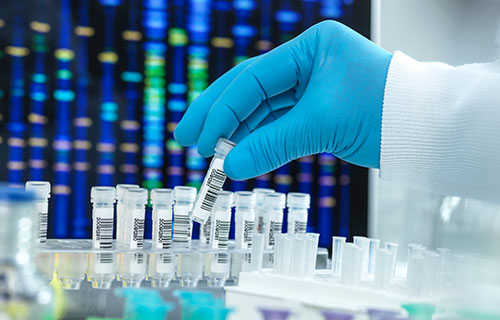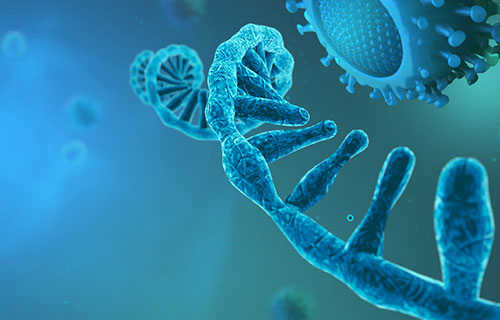
PCA vs PCoA vs NMDS: Key Differences, Applications, and When to Use Each
In contemporary biological research, the handling of high-dimensional data has emerged as a significant challenge. For instance, in the analysis of microbial communities and gene expression data, samples often encompass thousands of features (such as Operational Taxonomic Units (OTUs) or gene expression values). Direct analysis of these high-dimensional datasets not only involves substantial computational effort […]


 Sample Submission Guidelines
Sample Submission Guidelines







